I need to replace a resistor (brown black black gold black - if I am reading it correctly) - the kind I need is shown in the images below, but I can't seem to find an exact match of the colour code. Is the black (5th) line at the end of the code superfluous - so this is in fact just a 4 band code (making it a 10 Ohm 5% resistor)? From my research it appears that a resistor code would almost never start with black. However a 5 colour resistor of similar pattern doesn't appear to often end with black either...
Detail: I am repairing a toaster where one side (2) of the 4 toasting slots have stopped working. Each side operates independently so I am using the working half as a guide to repair the blown side.
Here is the blown resistor from the damaged side of the toaster - I'm working on the assumption that this is carbon film resistor.



